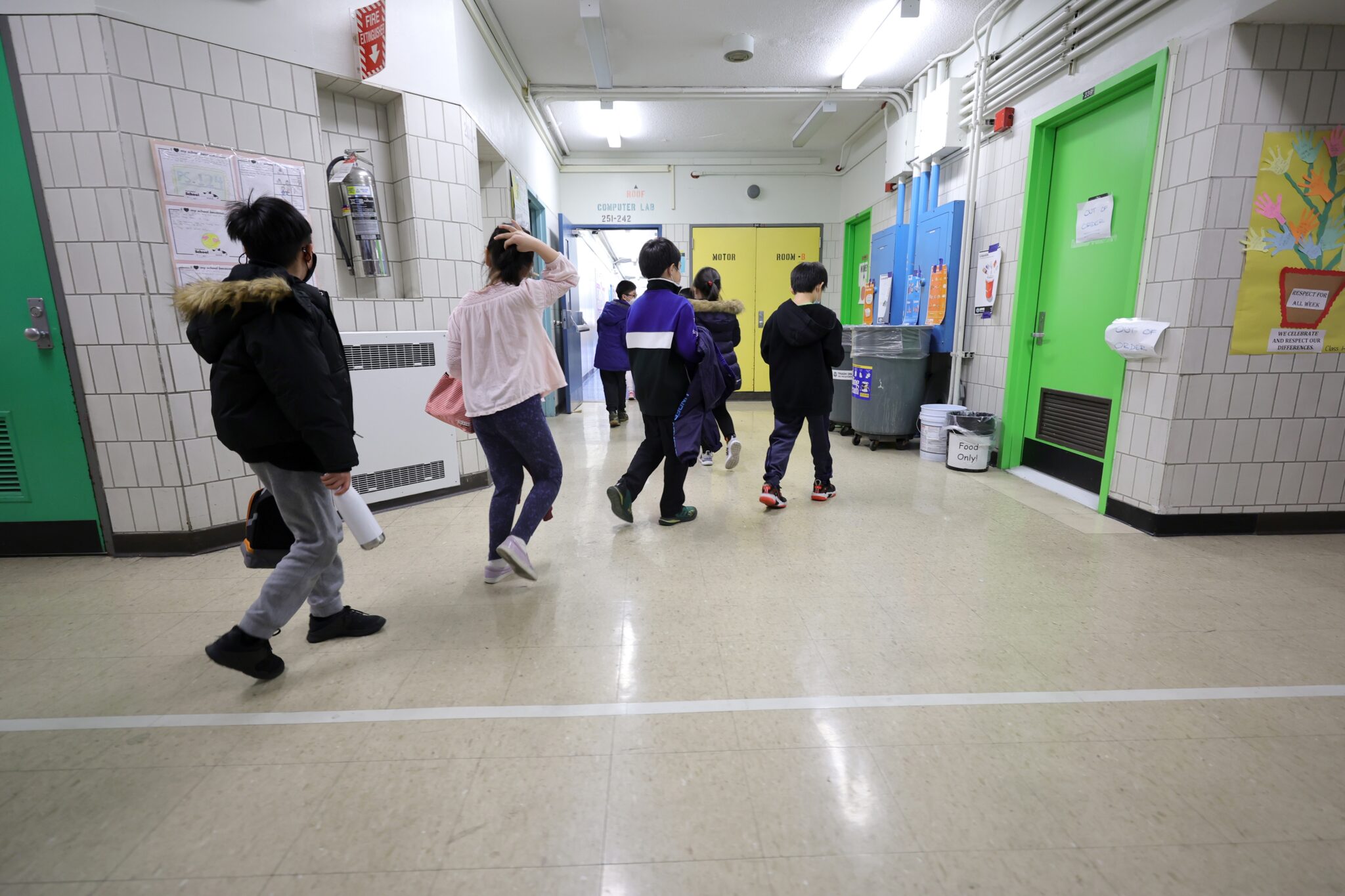
“My mom wanted us out of that school,” says a young woman named Kayla from the St. Louis area. “But the Normandy district was fighting to keep us there.”
Kayla and her mom were bumping up against a hard reality that many Missouri families have faced: The state has one of the strictest systems of residential assignment for public schools in the country.
For the last several months, my organization Available to All has been studying enrollment laws and policies in Missouri. Our new report — Show-Me the Way Out — reveals that it is often very difficult for Missouri children to enroll in any public school other than one assigned to them based on their address, even if that school is unsafe or failing.
“It was genuinely terrible being in that school,” remembers Kayla. “I was continuously bullied from kindergarten right through the 7th grade.”
She says that the teachers in her school acted as if they were powerless to stop the bullying. But when Kayla tried to transfer out of the district, the Normandy Schools Collaborative tried to block her.
“They needed Normandy to agree to let me go,” she recalls.
District boundaries in Missouri are strictly policed. Last year, St. Louis Public Radio ran a story about the efforts of the Hazelwood School District to crack down on what one official described as “educational larceny.” That year, Hazelwood launched 2,051 residency investigations and removed hundreds of students found to be attending its schools while living in another district.
But strict residential assignment is also enforced via attendance zone boundaries within school districts.
At coveted Hale Cook Elementary School in Kansas City, the attendance zone map mirrors the pattern on the racist redlining map from the New Deal Era. Back in the 1930s, the federal government drew maps of many cities, marking as red or yellow areas of town that were “hazardous” or “declining.” These areas—often home to many people of color and immigrants—were blocked from receiving federal housing assistance.
Modern-day school boundaries often have the same exclusionary effect.
Even in rural areas, the results can be perverse.
In Cape Girardeau, students in even-numbered homes on certain blocks of Sprigg Street are assigned to a school where about 70% of fourth graders score proficient or better on English language arts. Students in odd-numbered homes are excluded and sent to a struggling school instead.
As a result of this strict residential system, middle- and lower-income families often cannot afford to attend the best public schools, which are often located in the most expensive areas.
After struggling to get all the approvals for a transfer to nearby Pattonville, Kayla’s family eventually had to leave Normandy altogether and move to Pattonville, despite much higher rents.
“I started working,” says Kayla, who was then still a teenager, “so I could help my mom with the higher rent. But it was worth it to be in a place where I could learn, instead of being afraid of getting hit.”
As the Missouri legislature debates different options for open enrollment in the public schools, lawmakers should consider how the state can best fulfill the promise made by the U.S. Supreme Court in the historic Brown v. Board of Education ruling from 1954. In that ruling, Chief Justice Earl Warren wrote that the public schools must be made “available to all on equal terms.”
They should also consider best practices from other states. School districts and public charter schools should be required by state law to enroll children from outside of the district (or outside the attendance zone) when there is available space. If necessary, school finance policies should be tweaked to make this workable.
Wisconsin, for example, has a robust system of cross-district open enrollment, and Oklahoma and Ohio both have effective systems of within-district open enrollment.
Parents should also be given procedural protections, such as the right to appeal an enrollment denial, as states like Arkansas and California provide. And every public school should be required to “hold back” a small percentage of its seats—perhaps15%—for students who live outside the attendance zone or district. Such reserve clauses have been used for magnet schools in Nebraska, as well as charter schools in Maryland.
Missouri’s future depends on ensuring that every child, regardless of zip code, has access to high-quality education. Without meaningful reforms that expand and strengthen access to educational options, Missouri will continue to deny generations of students the opportunity to reach their full potential.
No child should be locked out of the best public schools because of exclusionary laws and policies. “It literally saved my life,” says Kayla about her transfer to Pattonville. “Other kids deserve that option too.”
发表回复